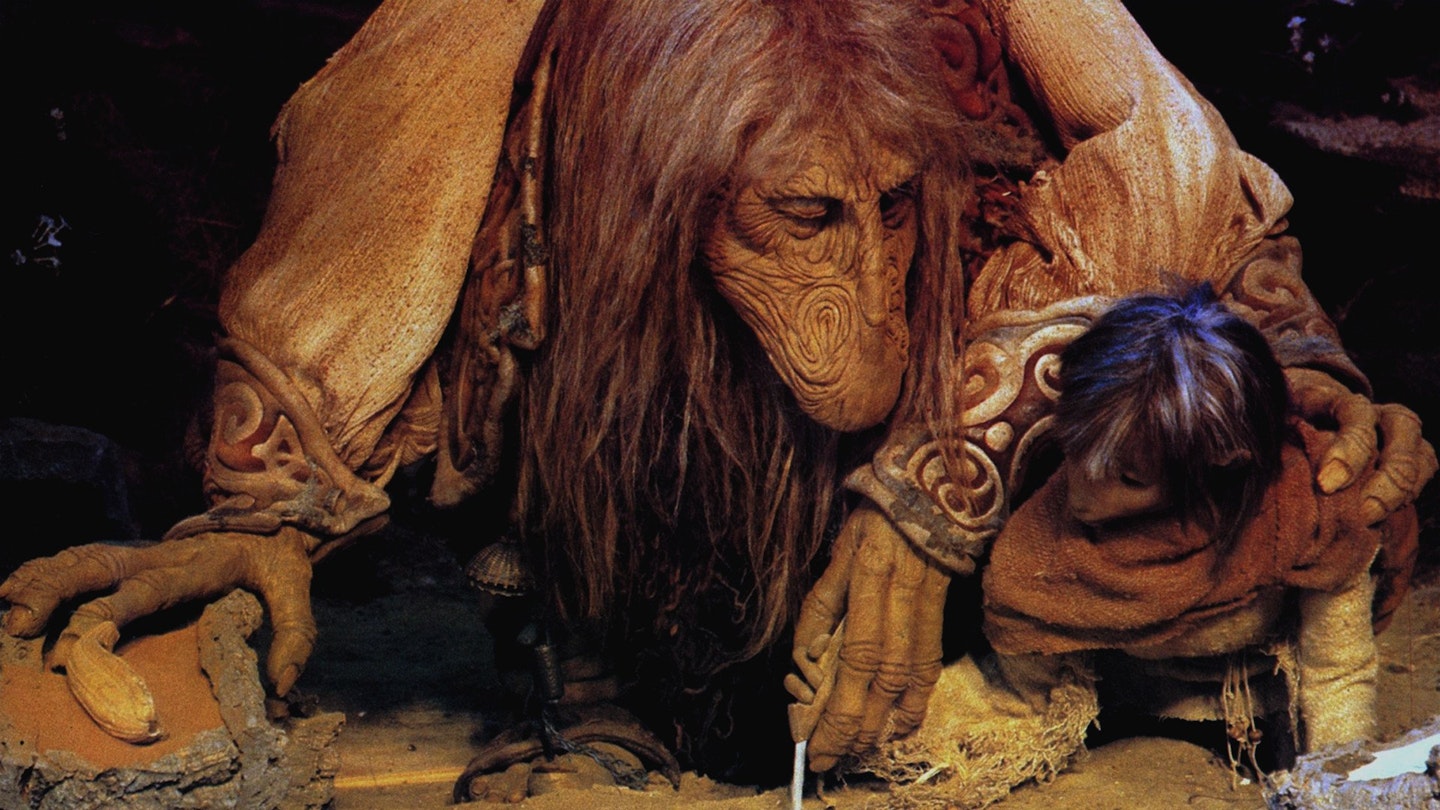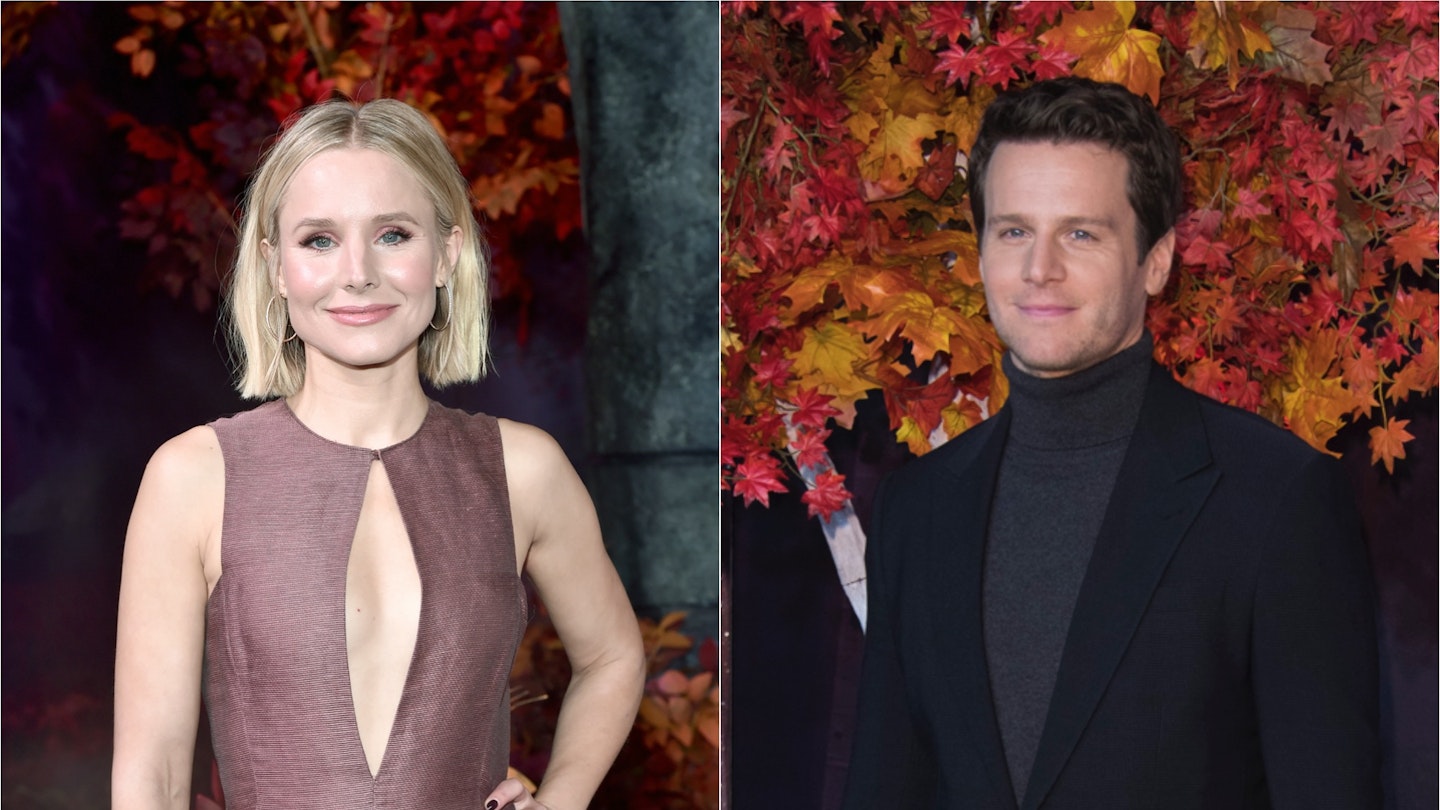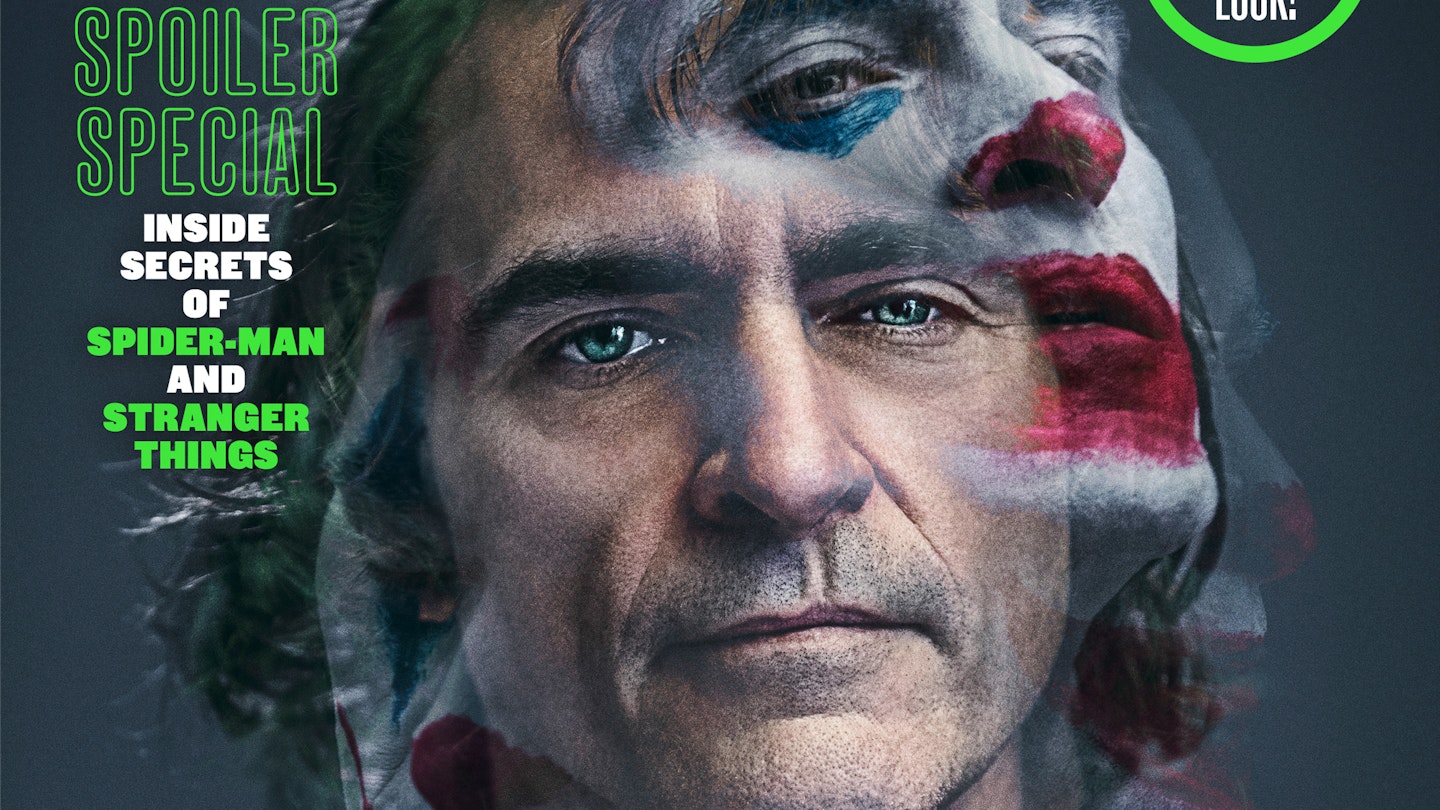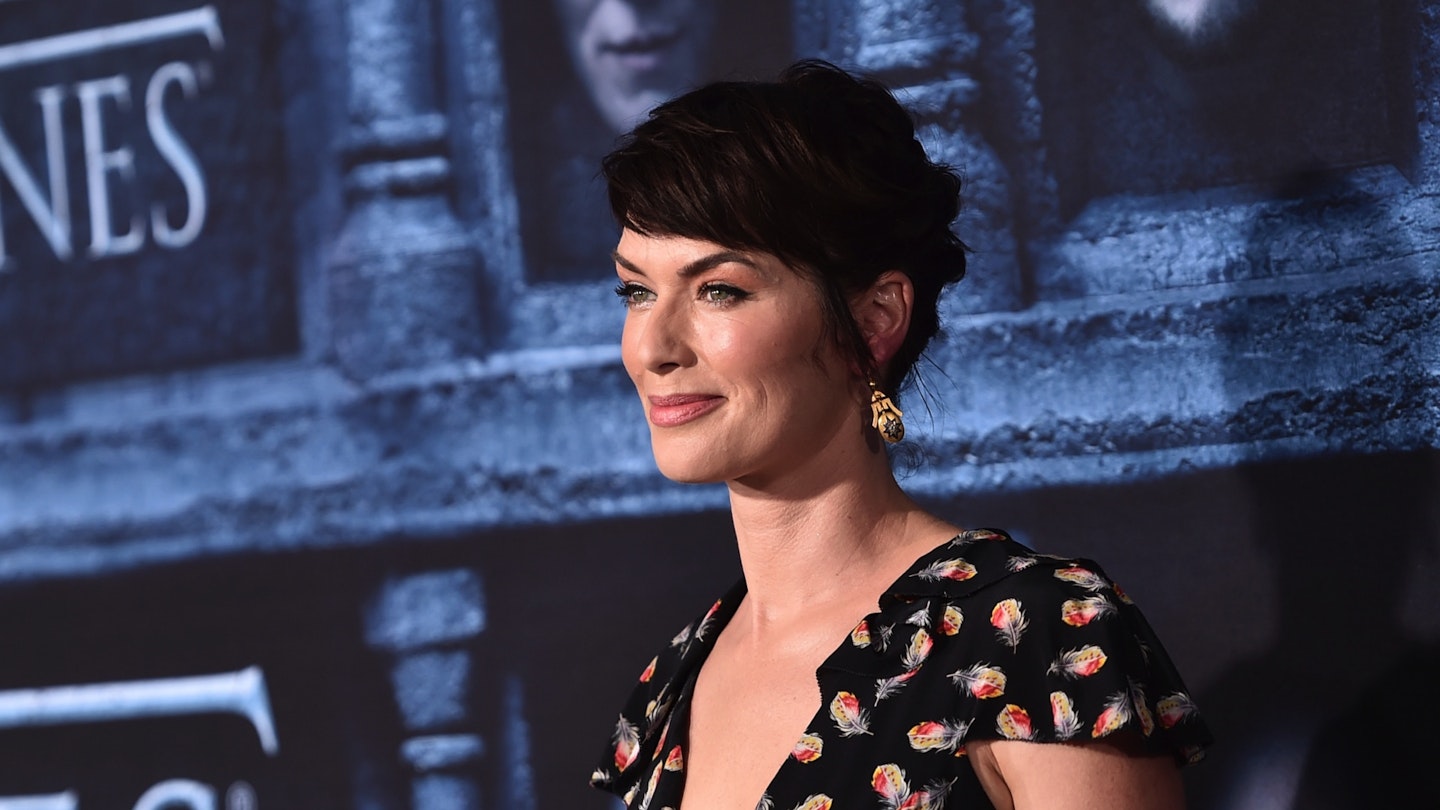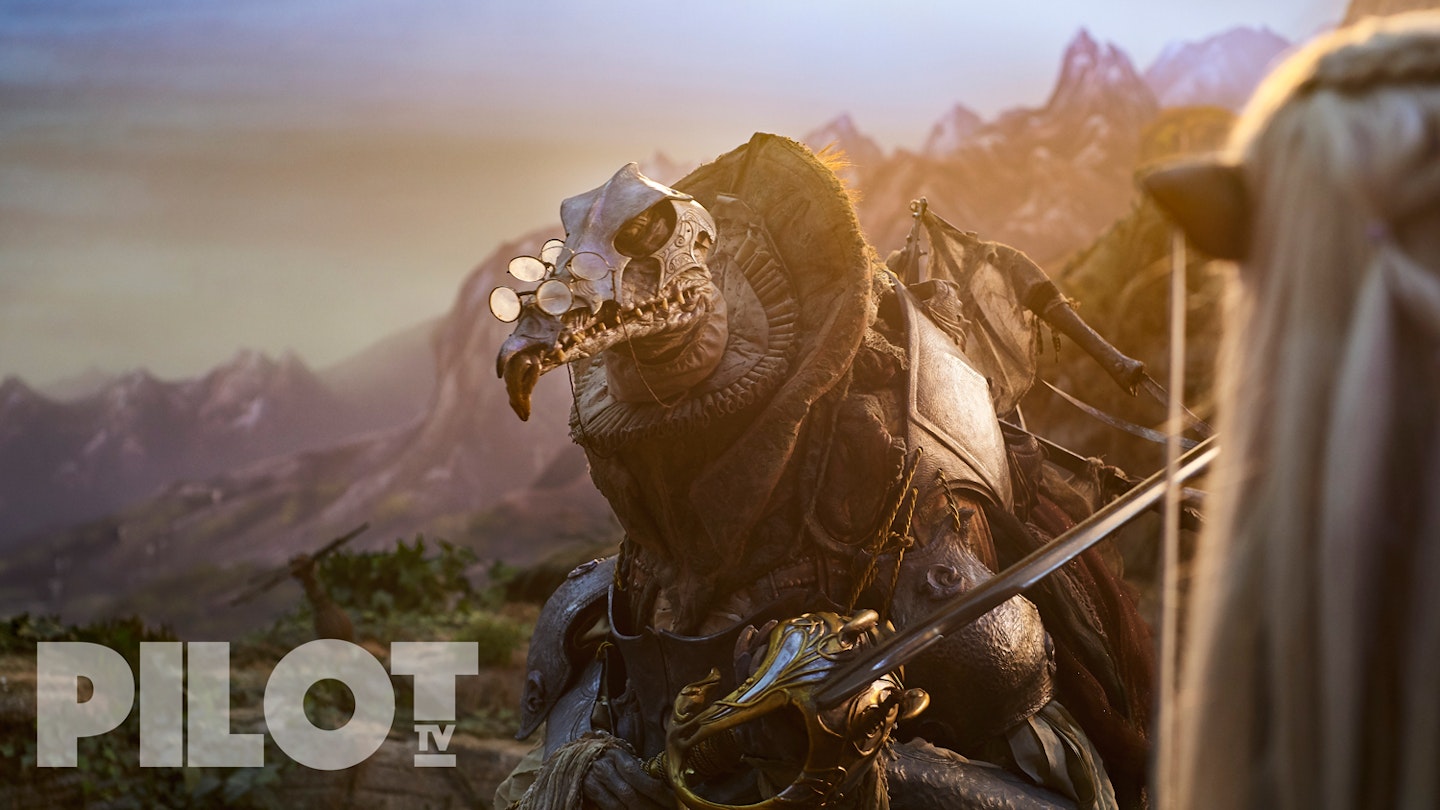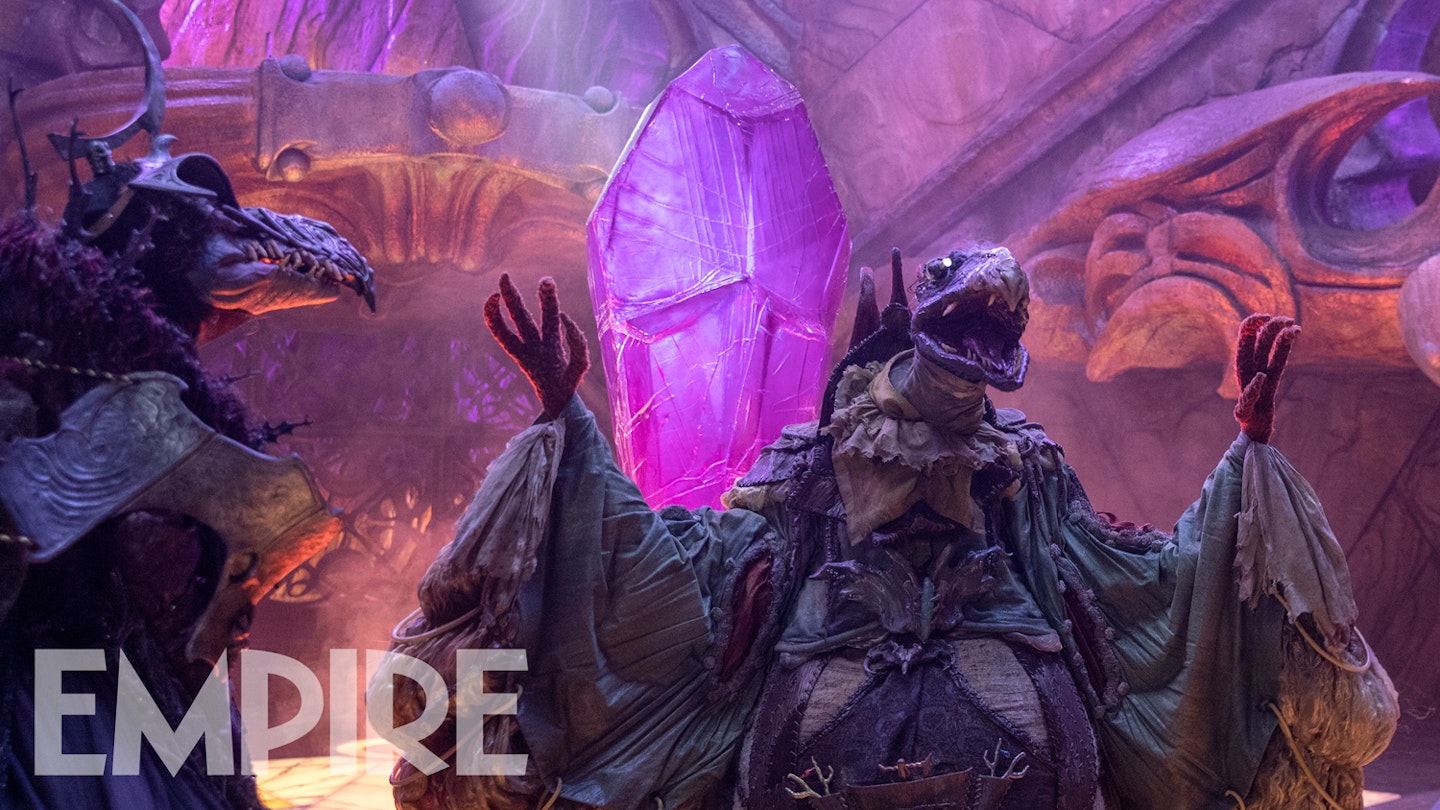When The Muppet’s creative duo of Jim Henson and Frank Oz decided to stretch their puppetry into the reaches of feature films, they proved more than merely zany puppetmasters. Here was a pair of hugely imaginative purveyors of quirky fantasy mythos. The Dark Crystal has an ethereal alien quality to its startling visions, far removed from the Earth-bound contours of traditional fairy tales. It is a hippyish dreamlike movie that entirely succeeds as a children’s adventure. A feat they would continue, with marginally less wonder, in Labyrinth.
The choice of removing all humans from the structure of the film — a first for Henson and Oz — was inspired. It liberated the film from attesting to its structural limitations (i.e. revealing the strings), in this quaint realm of innocent Gelflings, gentle, sorrow-burdened Mystics and the squawking, detestably brilliant birdlike Skekses. Of course, the imprimatur of Professor Tolkien is fully evident: diminutive saviours facing impossible odds, with the Gelfling Jen, a simpering do-gooder, out to trace the origins of the missing shard of the fabled all-powerful crystal, and so save his world in process, but it is less the straightforward plot than the extraordinary execution which dazzles.
The design concepts are a marvel, utilising the talents of celebrated fantasy illustrator Brian Froud, the film has a life and feel all its own, the puppets given vital energy by Henson’s brilliant workshop, their movements while not exactly human are free of the jerky obvious motions of a puppet. This is most delightful and energetic with the Skekses, this world’s ripe villains, who come loosely based on the seven deadly sins. These memorably vile entities, creating a cacophony of rueful bleats like rabid dinner ladies, prevent the film from ever drifting into sappy moralism by inviting an enquiry on the avaricious nature of evil.
